Trip to Gdynia
Gdynia is a modern port city that forms part of the Tricity along with Gdańsk and Sopot. Although it only received city rights in 1926, it quickly became one of Poland's most important economic and cultural centers. Its development was closely linked to the construction of the port, which still plays a key role in maritime trade. The city focuses on sustainable development, combining industrial functions with environmental care and a high quality of life for its residents.
Urban Rapid Rail (SKM)
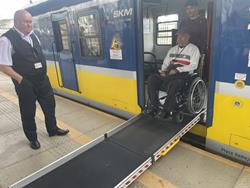
Staying in Gdańsk, I decided to travel to Gdynia by Urban Rapid Rail (SKM), knowing that both stations and trains are adapted for wheelchair users. SKM is a kind of above-ground metro – trains depart every several minutes, and there's no need to book in advance, unlike other rail journeys. When using SKM, always go to the first platform of each station. Tickets must be validated before boarding the train; they can be bought at the station counter or via an app. The ticket is valid for 3 hours.
The car for people with limited mobility is usually at the front of the train – be ready to board in this area. When a wheelchair user is seen, the train manager easily unfolds a convenient ramp, allowing access to the carriage and a designated space for disabled passengers. We also inform the train staff at which station we intend to get off.
Kościuszko Square
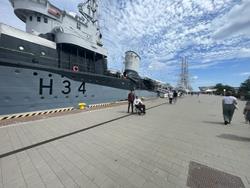
The first stop in Gdynia was Kościuszko Square, located just over a kilometer from the railway station. It is connected by comfortable sidewalks, presenting no difficulty for wheelchair users.
Kościuszko Square is one of the most recognizable and representative places in Gdynia. Located in the heart of the city, it attracts both locals and tourists. It's a wide promenade leading towards the sea, naturally extending from the main street – Świętojańska. The square is a place for walks, meetings, and cultural events. There are numerous cafés, a fountain from the communist era, monuments, and attractions such as the "Błyskawica" museum ship and the "Dar Pomorza" tall ship. Nearby is also Sea Towers – two skyscrapers, with the taller one reaching 141.6 m and the shorter 91 m. Unfortunately, the viewing terrace is no longer open to the public, as it was purchased along with an adjacent apartment.
For a person with a disability, walking around Kościuszko Square is trouble-free – the sidewalks are smooth and accessible.
Gdynia Aquarium
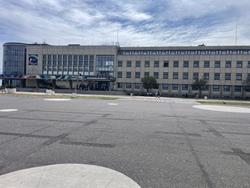
On the right side of Kościuszko Square lies the Gdynia Aquarium – a vibrant center for ocean education and entertainment operating since 1971. The entire building has been modernized and is accessible for wheelchair users. During peak tourist hours, patience is needed when moving between floors – one elevator for the whole building is definitely not enough.
Across three floors and eight themed rooms, over 1,500 organisms from around 250 species are displayed – from coral reefs to the Amazon hall, and a unique "Cold Seas" exhibition located below sea level. Sadly, the upper floors haven't changed much over the past 30 years – since my last visit – but the two lower levels are very modern and fascinating.
Viewpoint on Kamienna Góra
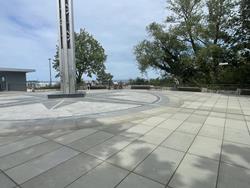
The viewpoint on Kamienna Góra is one of the most picturesque attractions in Gdynia. The hill rises about 50 m above sea level and offers a wide panorama of the Gulf of Gdańsk, Gdynia's port, Kościuszko Square, and the city center with the characteristic Sea Towers. People with disabilities can reach the viewpoint using a free funicular railway. The lower station is located on Grunwaldzki Square, next to the Gdynia Film Centre. The ride to the top takes 2 minutes. It can be a perfect final stop of your Gdynia tour.
Is it worth visiting Gdynia?
I returned to Gdynia after 30 years and – apart from renovated sidewalks and the Sea Towers – not much has changed, at least around Kościuszko Square. "Błyskawica" and "Dar Pomorza" are still moored there, trolleybuses are still running, and the Aquarium building seems to have the same façade. Is that a good thing? I think so.
Gdynia has always been a city that combines tourist appeal with accessibility and care for all its residents and visitors. Thanks to well-thought-out infrastructure and amenities, people with disabilities can comfortably and freely explore the charms of this seaside city. From efficient transport to attractive walking areas and interesting viewpoints – Gdynia still offers many opportunities for a pleasant and inspiring time.
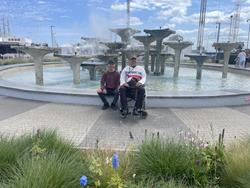
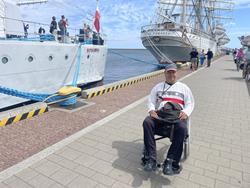
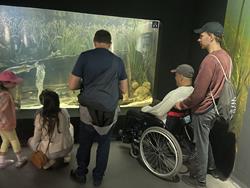
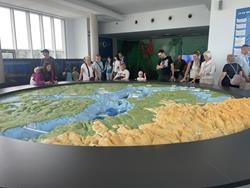
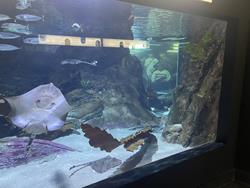
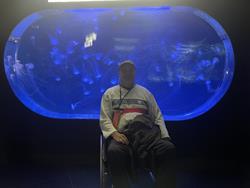
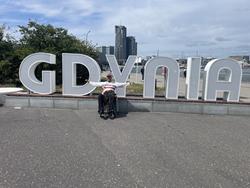
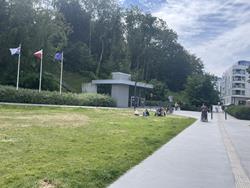
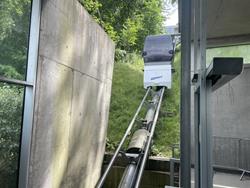
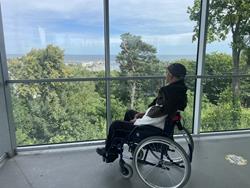

 PL
PL
 DE
DE